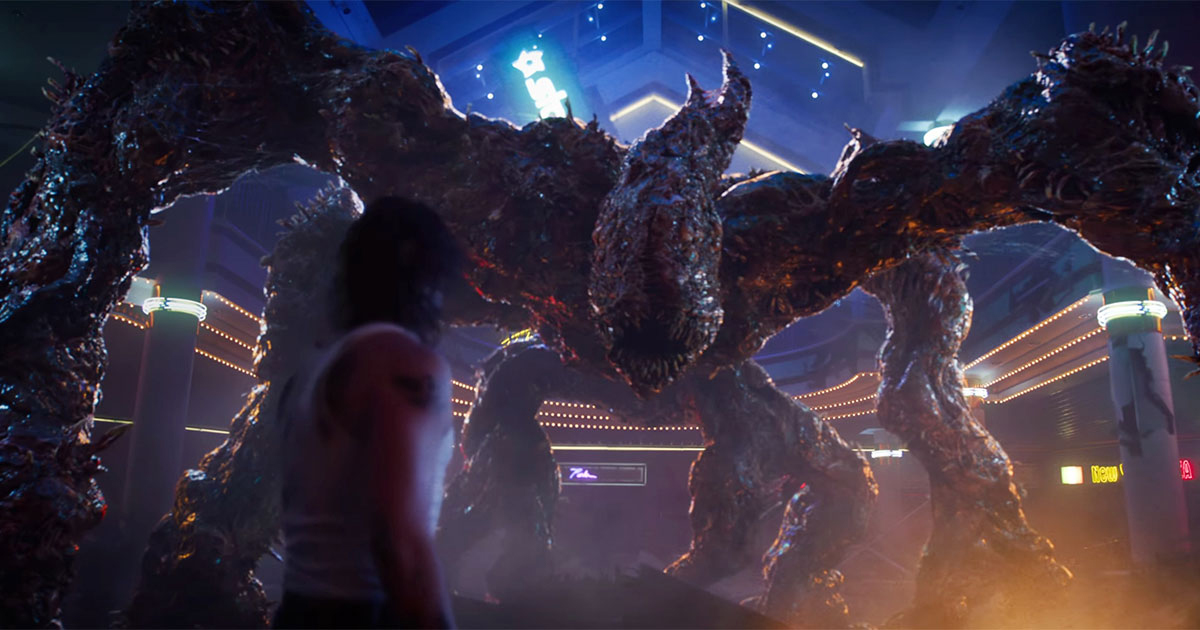In entertainment, musical figure a matter of life and death

LAWRENCE – As with clothing, musical fashions come and go, seemingly without coordination among tastemakers. And for the past 20 or 30 years, one particular musical figure has come to symbolize the fuzzy line between life and death in TV and movie soundtracks.

That’s the thesis of a scholarly article by Scott Murphy, University of Kansas professor of music. Published in most recent edition of the journal Theory & Practice, “S as a Latter-Day H: Mortally Liminal SLIDEs in Recent Popular Film and Television” compares the musical figure denoted by theorists as “S” or “SLIDE” with the different figure denoted as “H” that preceded it as the signifier of that mystical boundary.
Think of “S” as skinny jeans and “H” as Zubaz or JNCO.
Murphy said “H” is an abbreviation for hexatonic, the name for a six-note scale with the same pitches as the two chords in “H.” SLIDE — abbreviated to “S” in most uses — comes from the feeling a pianist gets when sliding his hand from one chording position to another. Both of these rubrics were proposed by other music theorists in previous papers that Murphy cites in his own.
Murphy’s contribution comes in sketching the transition between the two forms, detailing the recent usage of “S” and laying out some of its theoretical underpinnings. The article includes a spreadsheet of 34 scenes from 31 mainstream English-language films and TV shows released since 2001, showing where in the on-screen action the “S” figure comes in to underscore the “uncanny” juxtaposition of life and death.
The article makes mention of a particularly gruesome scene in the third season of the Netflix series “Stranger Things” where the “S” figure accompanies the action as the “Mind Flayer” monster absorbs the bodies of the townspeople it has hypnotized. Here, the soundtrack makes use of an excerpt from Philip Glass’ opera “Satyagraha.”
“This synchrony can be heard as highlighting the awesome horror of the Mind Flayer. ... Visually and narratively, what immediately follows is also exceptional in being a singularly gory moment of carnage for the series: One by one, each flayed human dissolves, falls over, and adds their biomass to the Mind Flayer’s. A second S accompanies the fusion of human puddle and inhuman monster. The residents’ lives, in apparent jeopardy of being permanently lost before his point, appear now even more irretrievable,” Murphy wrote.
In a recent interview, Murphy said he started to notice the “S” figure recurring over and over again in movie and TV soundtracks, giving rise to the current study and related paper.Some of the other recent films in which Murphy notes the “S” musical figure include “Donnie Darko,” “The Avengers: Age of Ultron” and “Watchmen.”
“I think it was primarily through acquiring this critical mass of examples,” Murphy said, “realizing that after you get to nine or 10 or 15, it's not a fluke; that there seems to be some consistency in how composers are associated with this. And not only composers, but directors and editors, too. If they're choosing this music ... you realize it's no longer a coincidence.”
Murphy traces this use of “S” back to James Newton Howard’s soundtrack for the 1995 global pandemic film, “Outbreak.” But it really ramps up in the 21st century, he said, so much so that he thinks it has now become a cliché and that musical fashion seems poised for another turn.
“Film people ... tell me there are trends, like everyone using lens flares, and suddenly (director) J.J. Abrams wants lens flares in every shot of his ‘Star Trek’ films,” Murphy said. “So then lens flares become this hot thing, and it might last for a while or just burn out. It strikes me that the SLIDE has a pretty clear starting point. As of now, I feel like its heyday has already passed. It has probably already turned its way into a cliché, and it's starting to decay.”
Top image: A scene of the “mind flayer” monster in the third season of the Netflix series “Stranger Things” is cited in Scott Murphy’s recent paper. Credit: Netflix
Video: The character Vision, an artificial-intelligence program inside a synthetic humanoid body, has just “come to life,” and both he and the other Avengers around him ponder his new existence. Music in the scene was noted in Scott Murphy's article for the journal Theory & Practice.